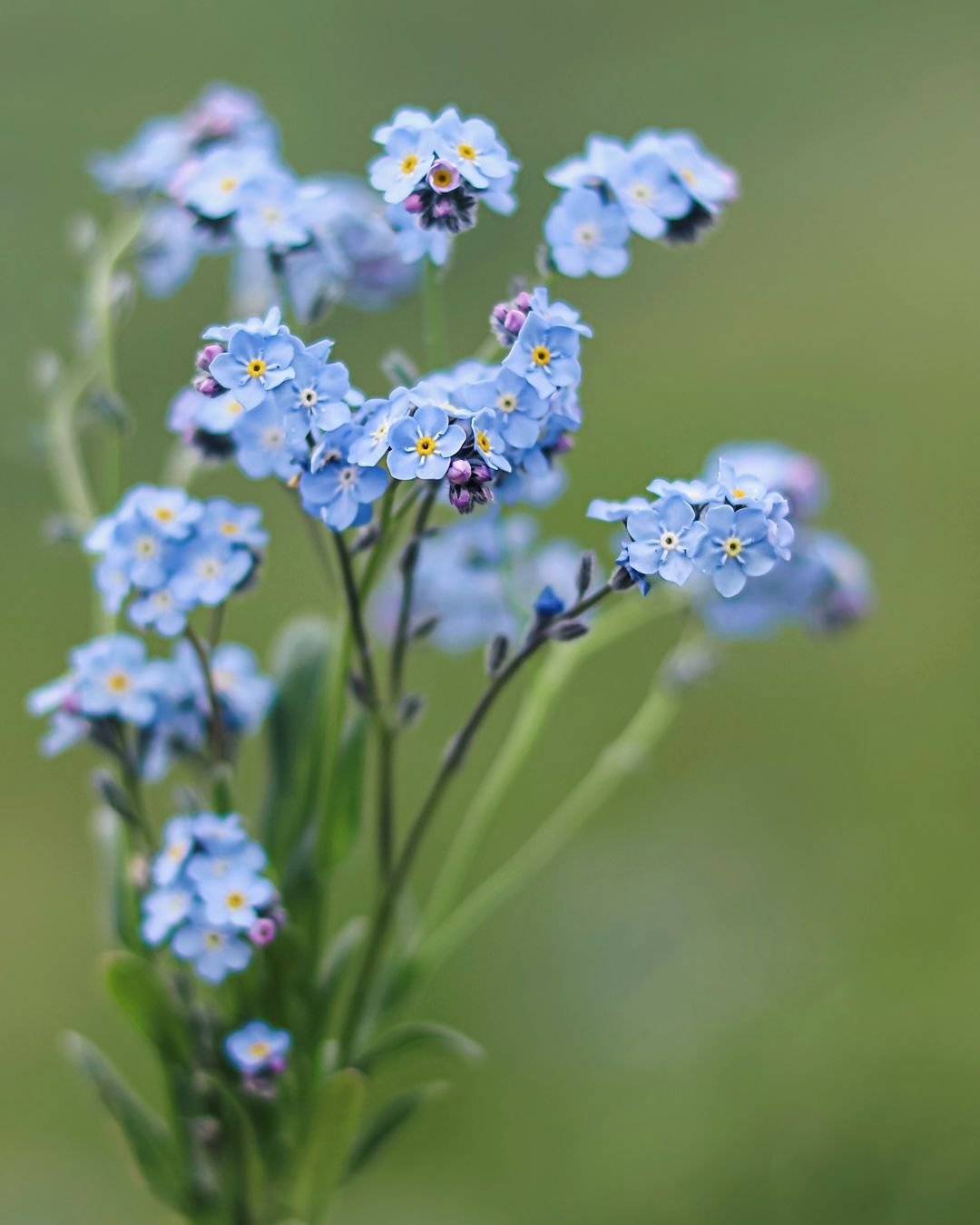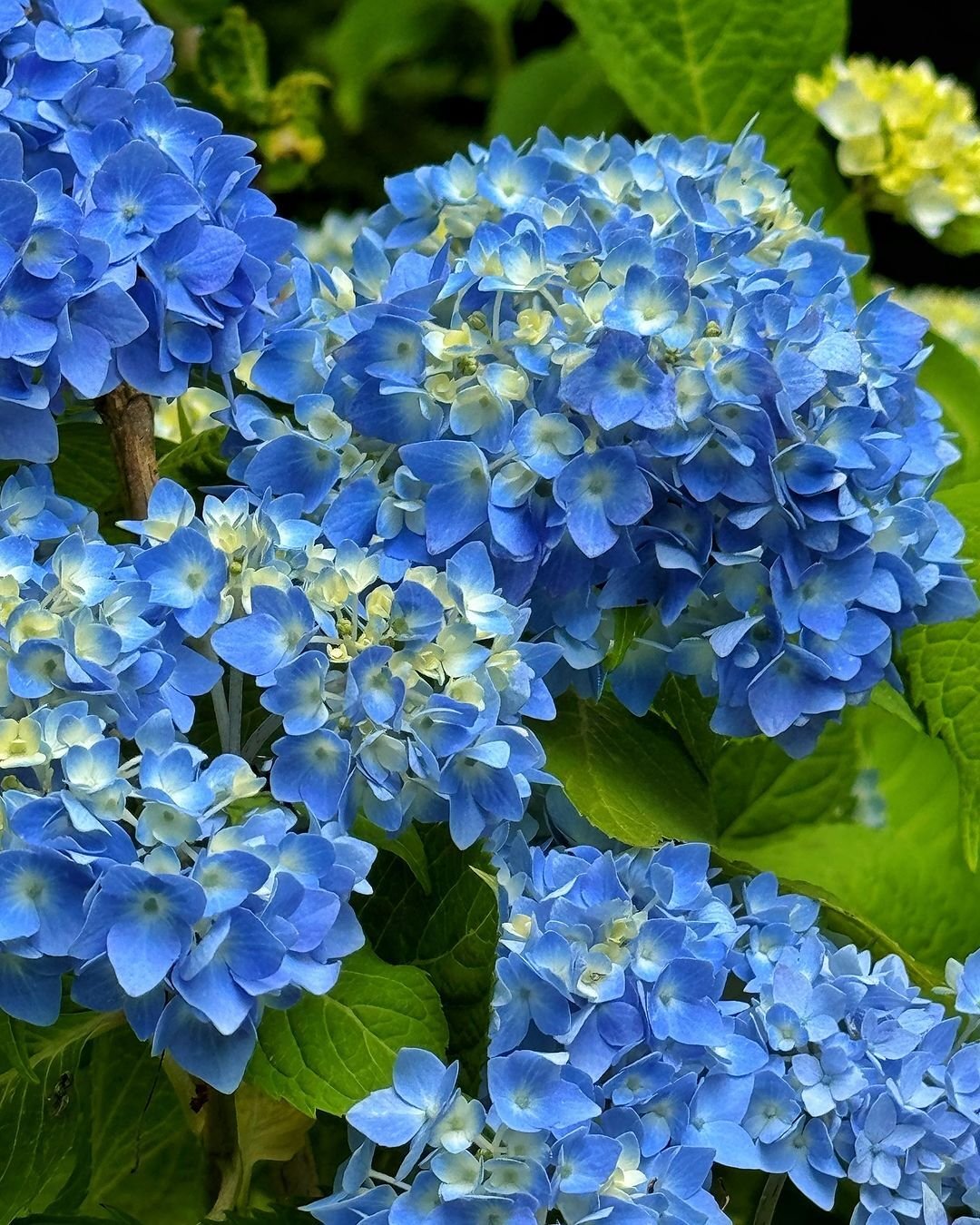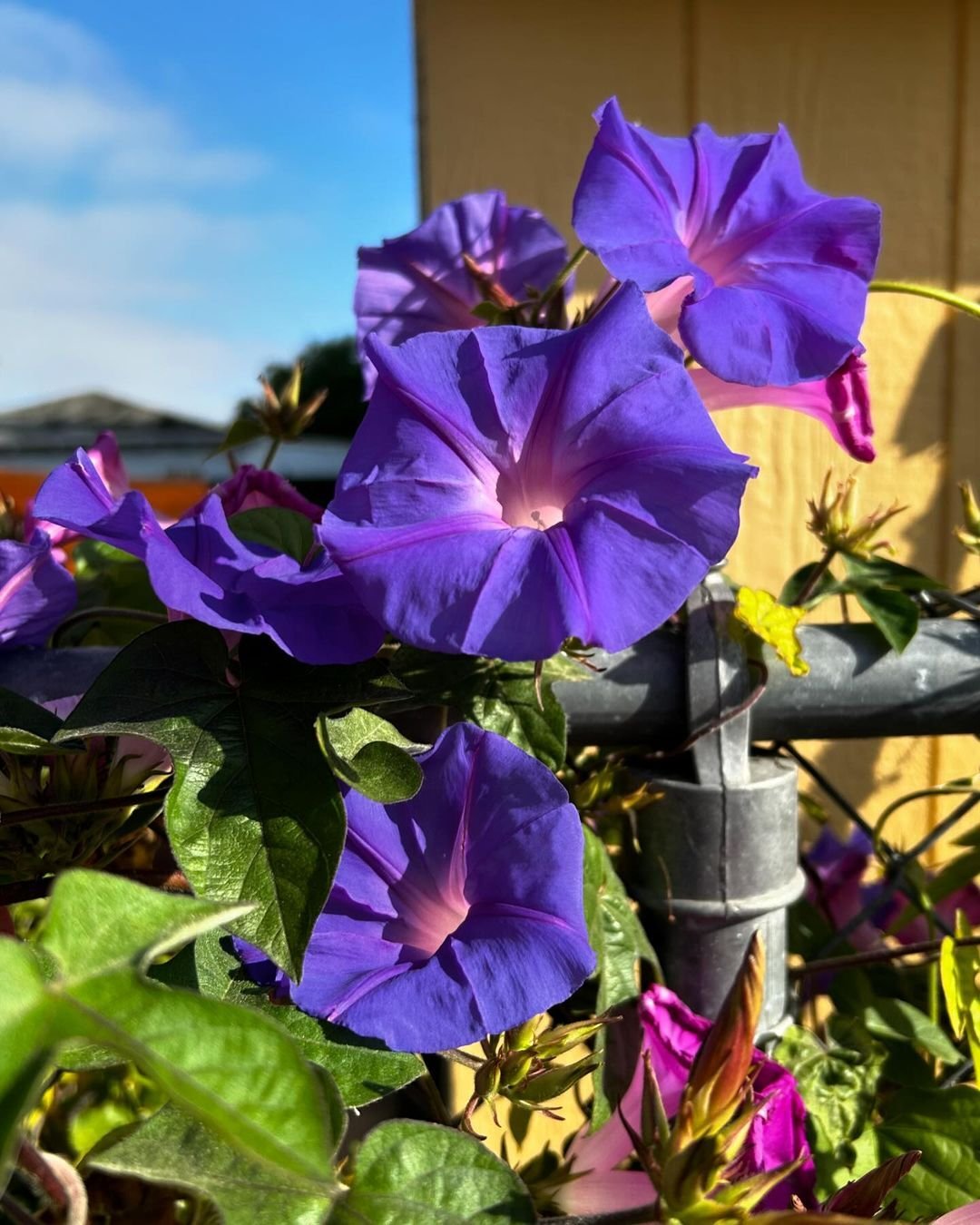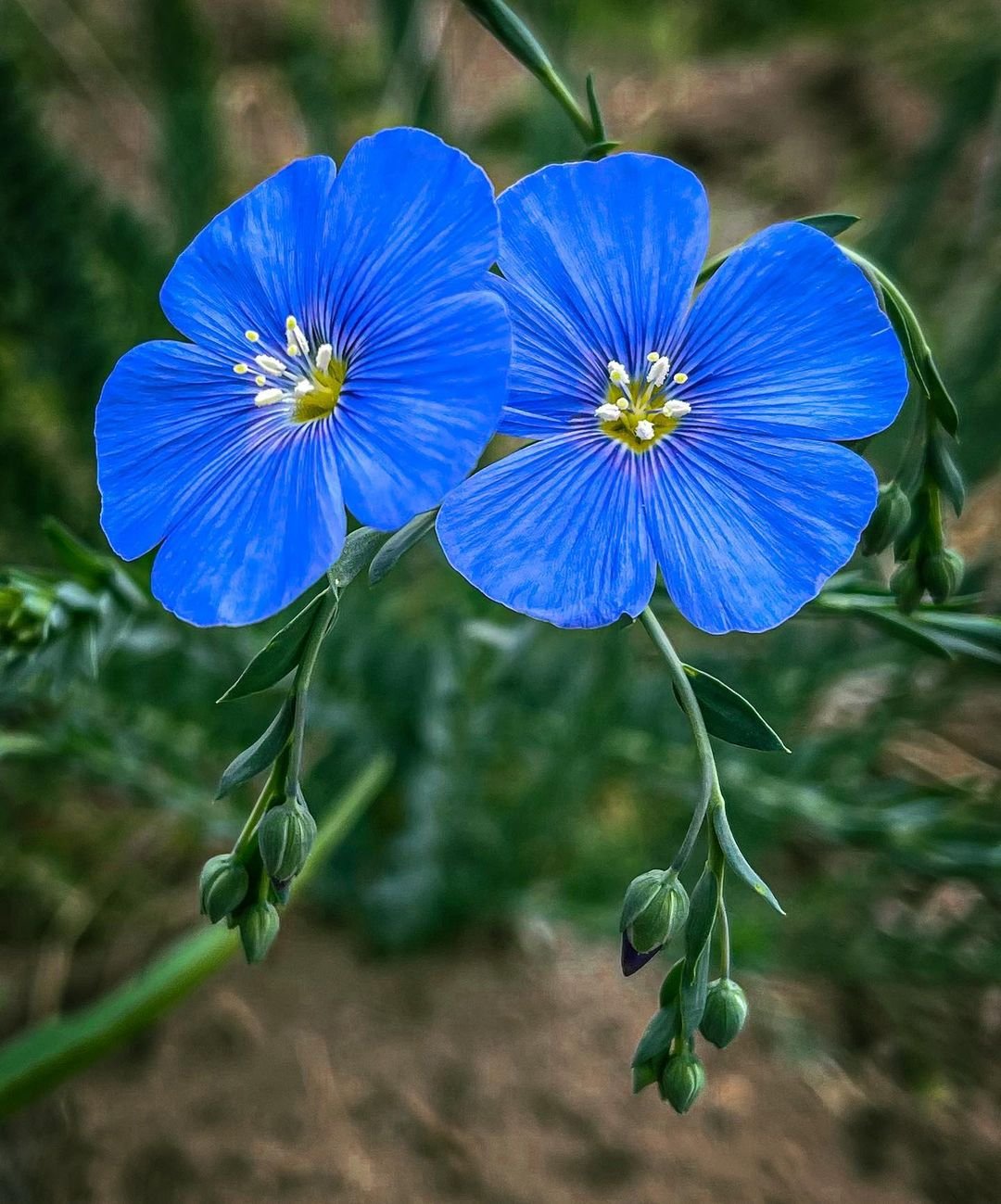Light blue flowers symbolize serenity, tranquility, and trust. They are often associated with calmness, inspiration, and loyalty. Popular light blue flowers include forget-me-nots, hydrangeas, delphiniums, and morning glories. These blooms can create a soothing atmosphere in gardens and floral arrangements, evoking feelings of peace and refreshment.
As a horticulturist with over two decades of experience cultivating and studying various flower species, I’ve always been captivated by the gentle allure of light blue flowers. Let’s explore these beautiful blooms in more detail.
Popular Light Blue Flower Species
1. Forget-Me-Not (Myosotis)

Forget-me-nots are delicate, small flowers with five petals and a yellow center. Their name comes from a romantic German legend, adding to their charm. These flowers bloom in spring and early summer, creating a carpet of soft blue in gardens.
2. Hydrangea (Hydrangea macrophylla)

Hydrangeas can produce light blue flowers in acidic soils. Their large, round flower clusters make a stunning statement in gardens and floral arrangements. Interestingly, you can adjust the soil pH to change their color from pink to blue.
3. Delphinium

Tall and majestic, delphiniums come in various shades of blue, including light blue. Their spire-like blooms add vertical interest to gardens and are popular in cottage-style landscaping.
4. Morning Glory (Ipomoea)

Morning glories are climbing vines that produce trumpet-shaped flowers. The ‘Heavenly Blue’ variety is particularly renowned for its stunning light blue color. These flowers open in the morning and close by afternoon.
5. Blue Flax (Linum perenne)

Blue flax produces delicate, five-petaled flowers in a soft sky blue. They’re easy to grow and attract pollinators to the garden.
Symbolism and Meaning of Light Blue Flowers
Light blue flowers are often associated with:
- Serenity and calmness
- Trust and loyalty
- Inspiration and creativity
- Youth and new beginnings
- Tranquility and peace
In color psychology, light blue is known to have a calming effect on the mind and body. This makes light blue flowers excellent choices for meditation gardens or spaces designed for relaxation.
Growing Light Blue Flowers
Most light blue flowers prefer full sun to partial shade. Here are some general tips for growing these beauties:
- Ensure well-draining soil
- Water regularly, especially during dry spells
- Fertilize moderately – overfertilizing can lead to more foliage and fewer blooms
- Deadhead spent flowers to encourage more blooming
For specific care instructions, the Royal Horticultural Society offers detailed guides for various flower species.
Using Light Blue Flowers in Gardens and Arrangements
Light blue flowers can create stunning visual effects in gardens and floral designs:
- Monochromatic gardens: Create a soothing blue garden by combining different shades of blue flowers.
- Contrast with warm colors: Pair light blue flowers with orange or yellow blooms for a striking contrast.
- Coastal themes: Light blue flowers work well in coastal or beach-themed gardens.
- Wedding bouquets: Light blue flowers are popular in bridal bouquets, symbolizing trust and loyalty.
Light Blue Flowers in Art and Culture
Light blue flowers have inspired artists and poets for centuries. Claude Monet’s famous water lily paintings often feature soft blue hues, capturing the tranquil beauty of these flowers.
In Japanese flower arranging (Ikebana), light blue flowers are sometimes used to represent the sky or water, adding depth and serenity to arrangements.
For more on the cultural significance of flowers in art, the Metropolitan Museum of Art offers fascinating insights in their online collections.
Light blue flowers offer a unique blend of beauty and symbolism. Whether you’re planning a garden, creating a floral arrangement, or simply admiring nature’s palette, these serene blooms have much to offer. Their calming presence and subtle elegance make them a favorite among gardeners, florists, and nature enthusiasts alike.
Do you have a favorite light blue flower? Or perhaps you’re curious about how to incorporate these lovely blooms into your own garden? Feel free to share your thoughts or ask questions – I’m always excited to discuss the wonderful world of flowers!
For more gardening tips and plant care guides, visit usagardenhub.com.






